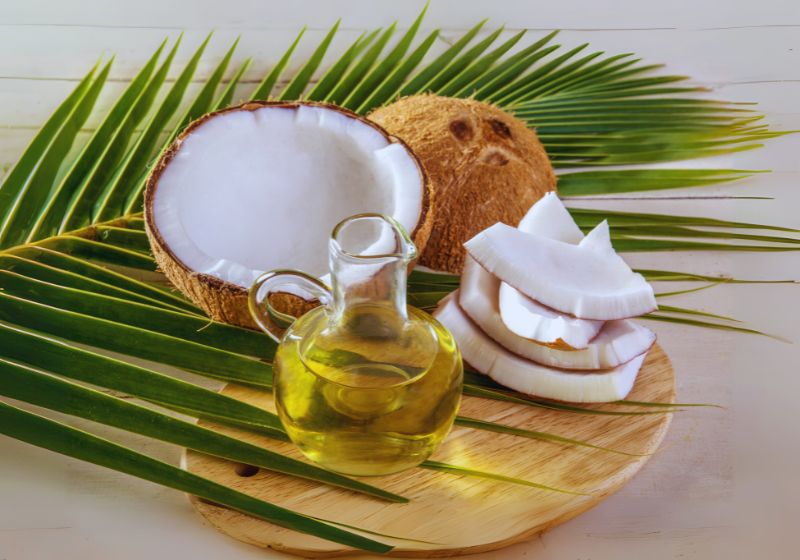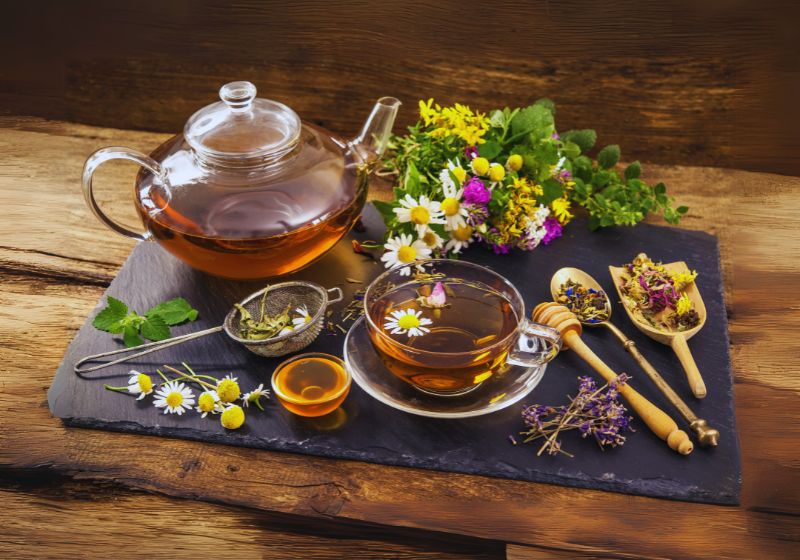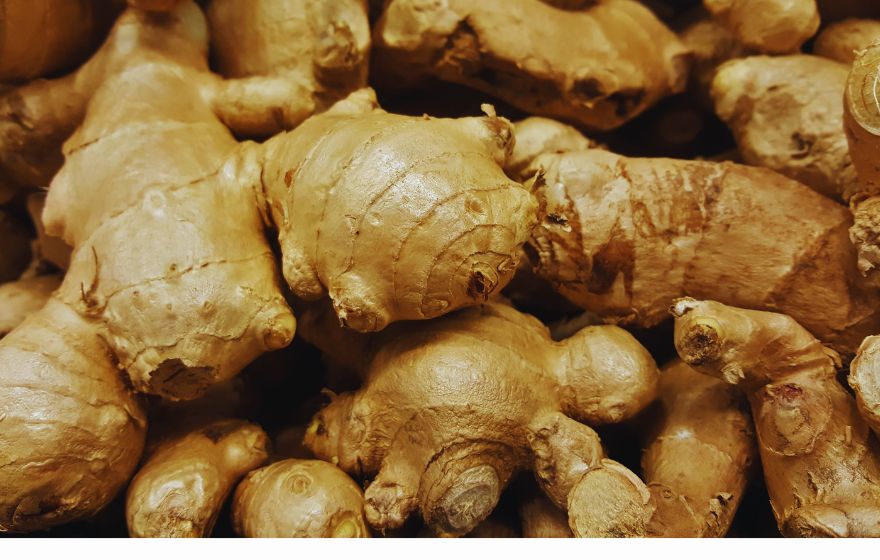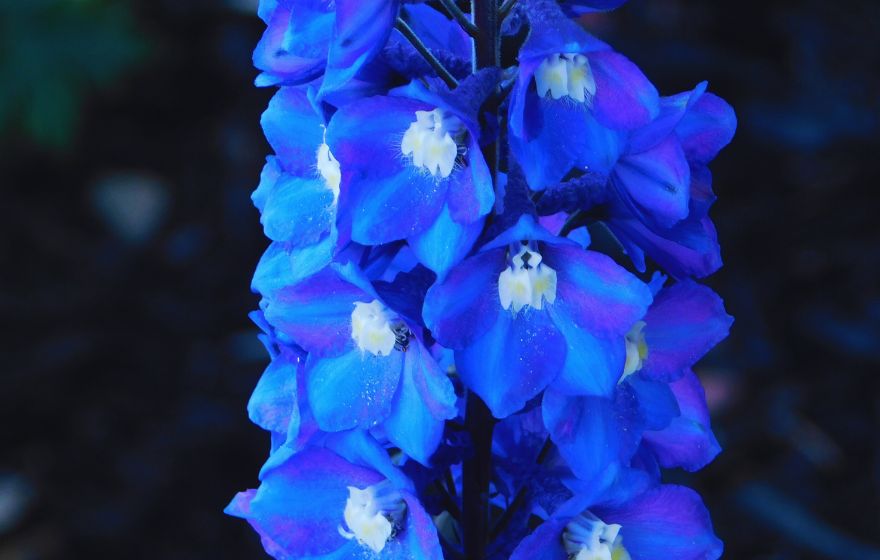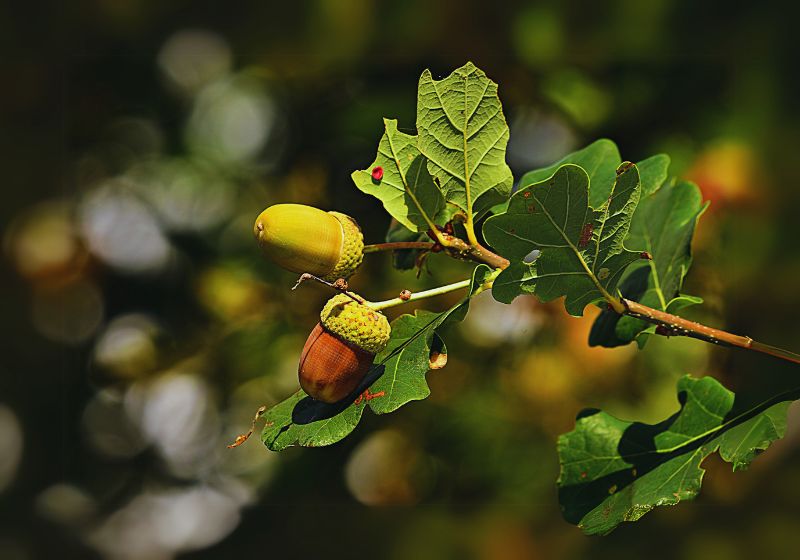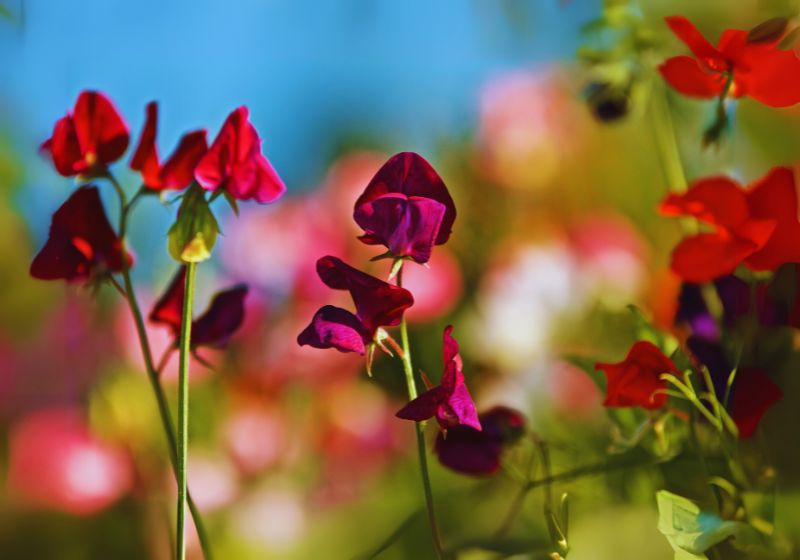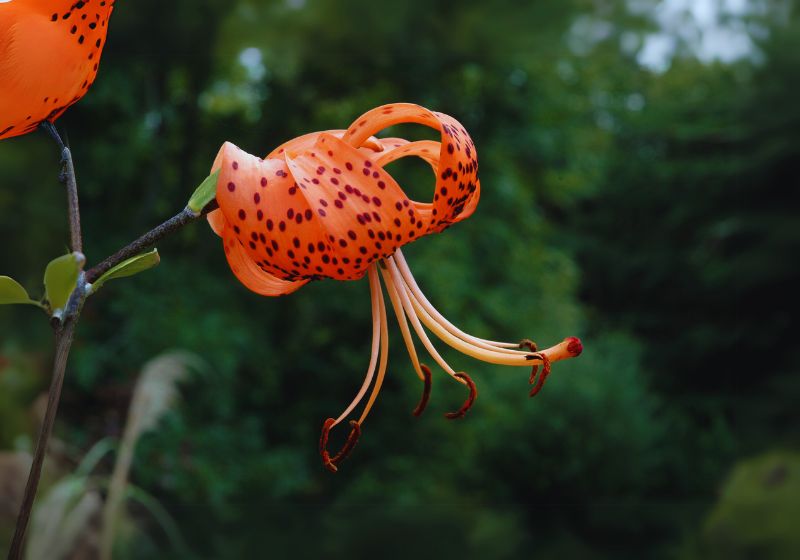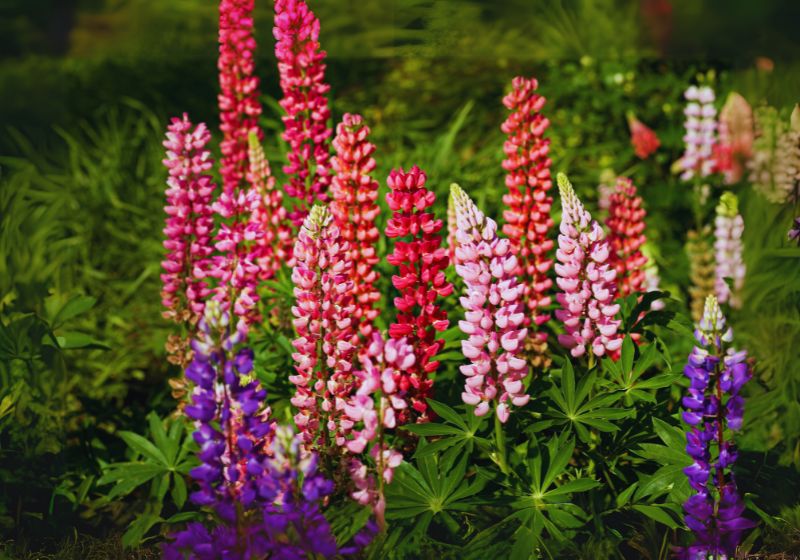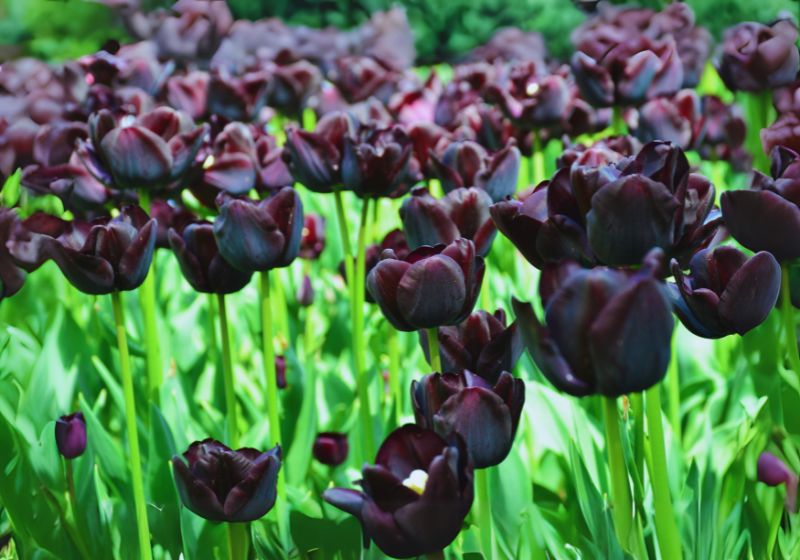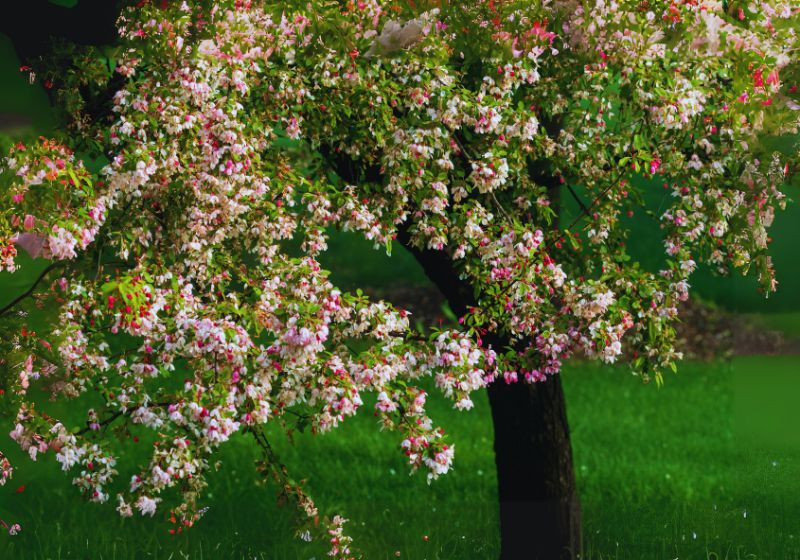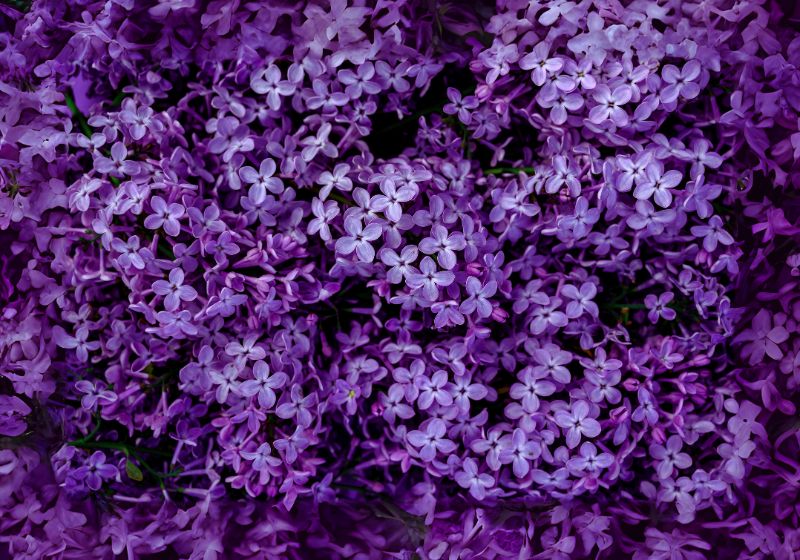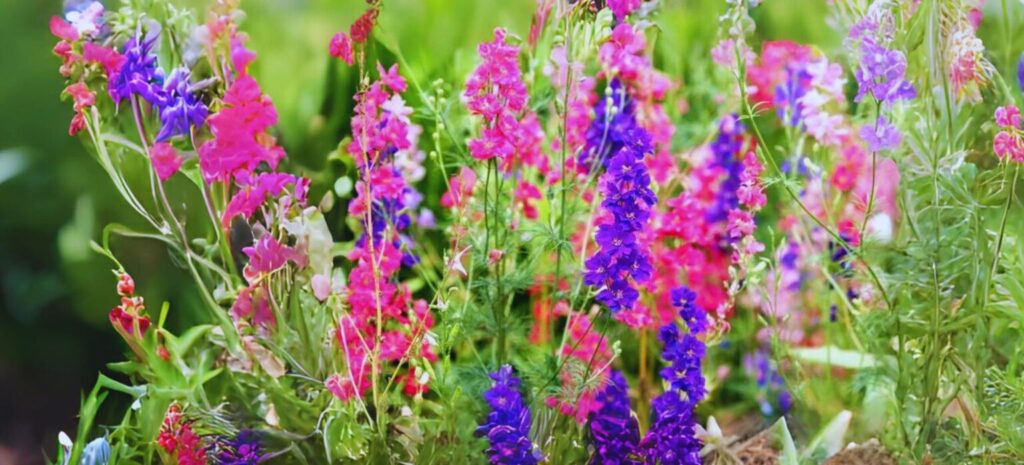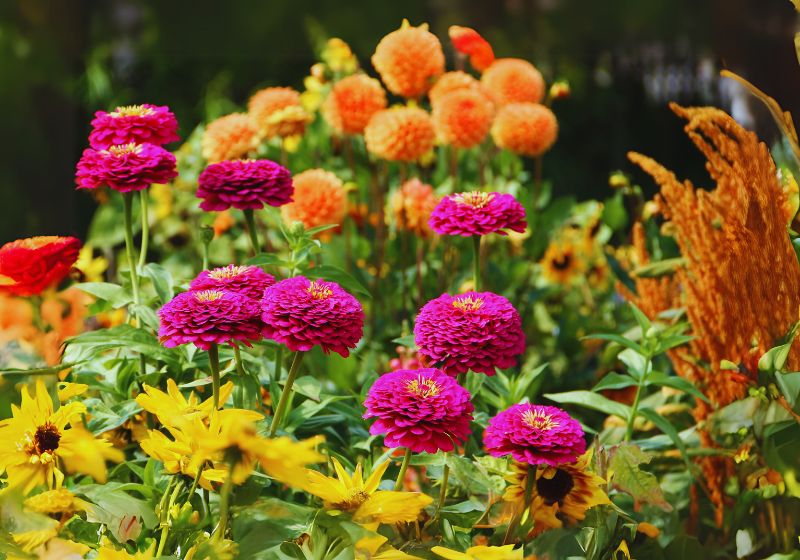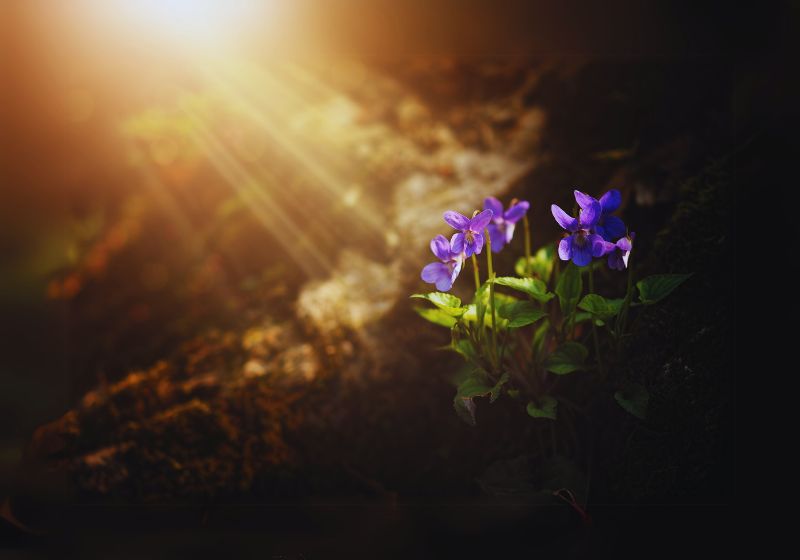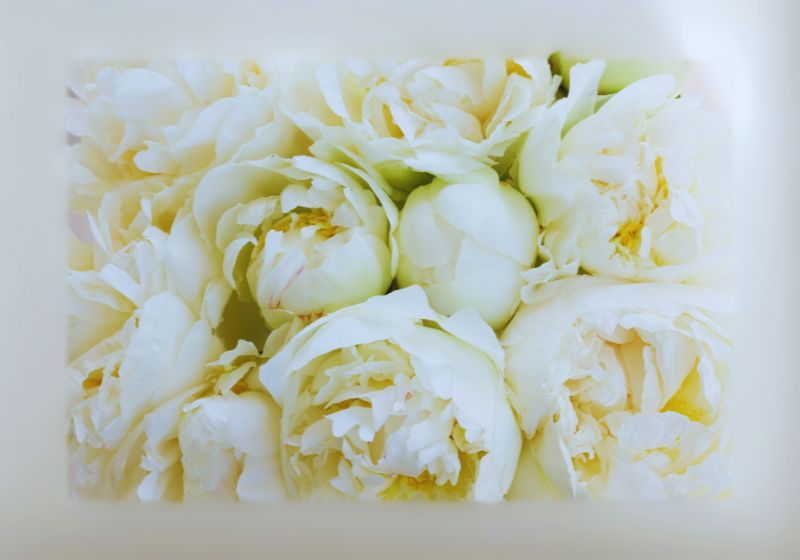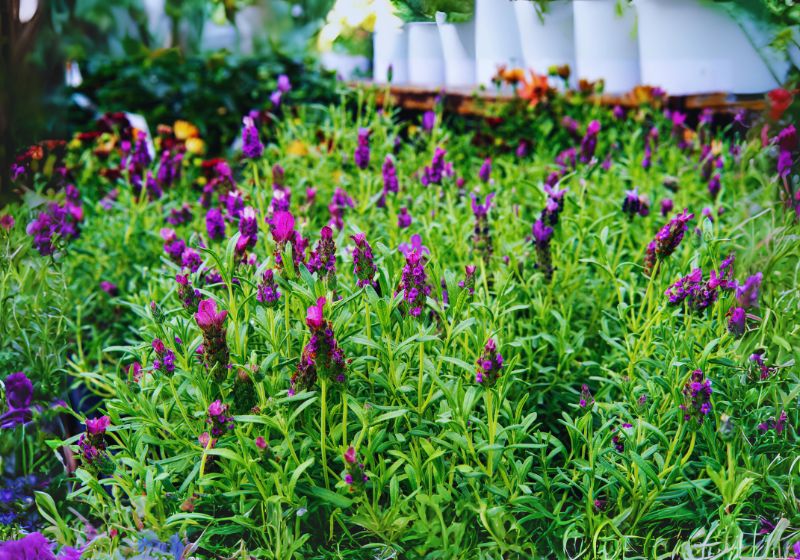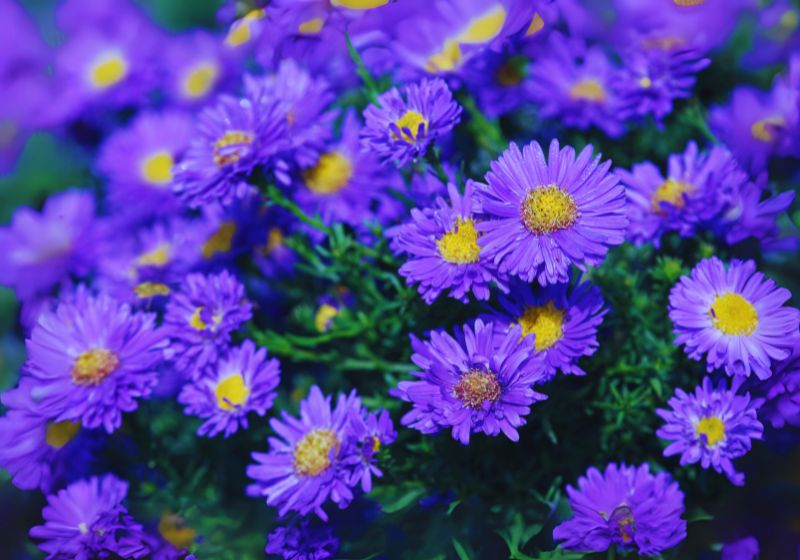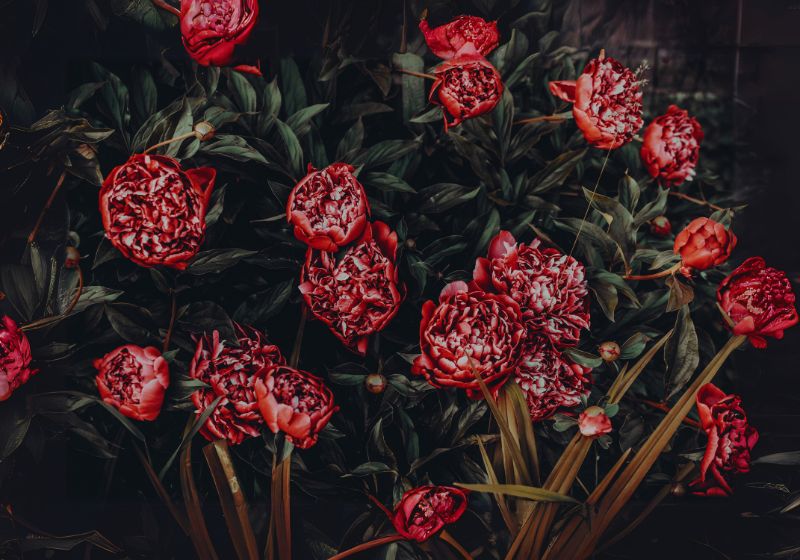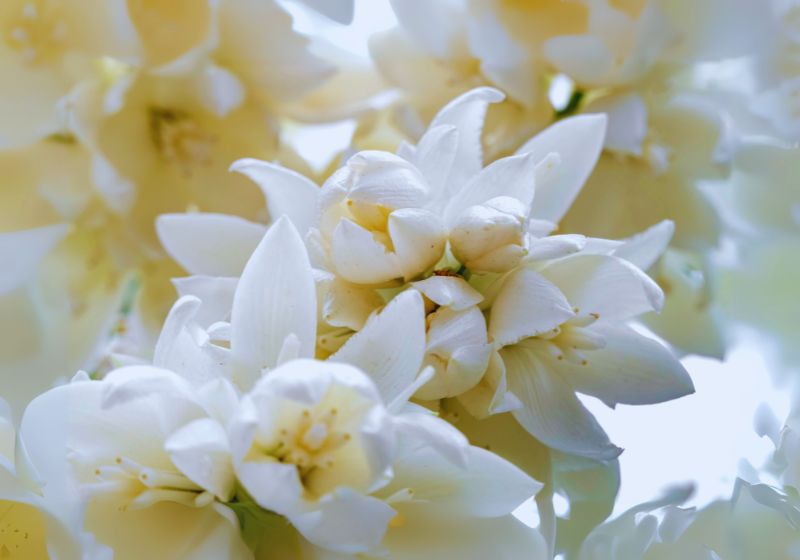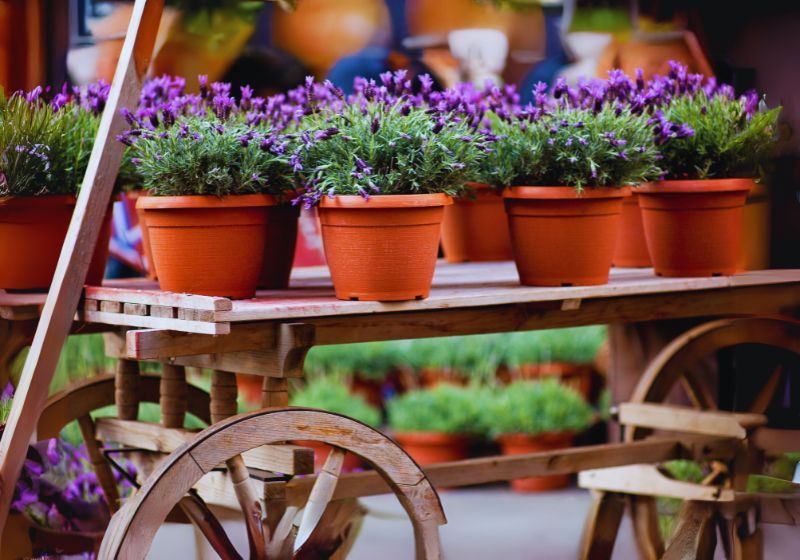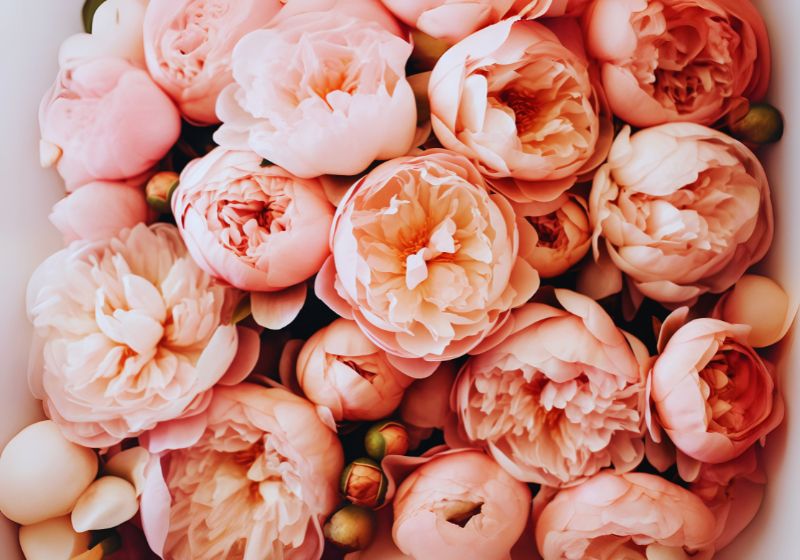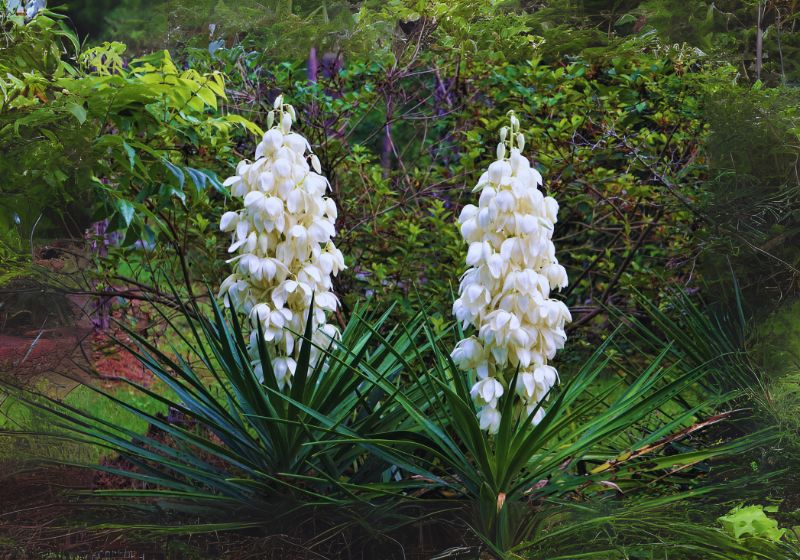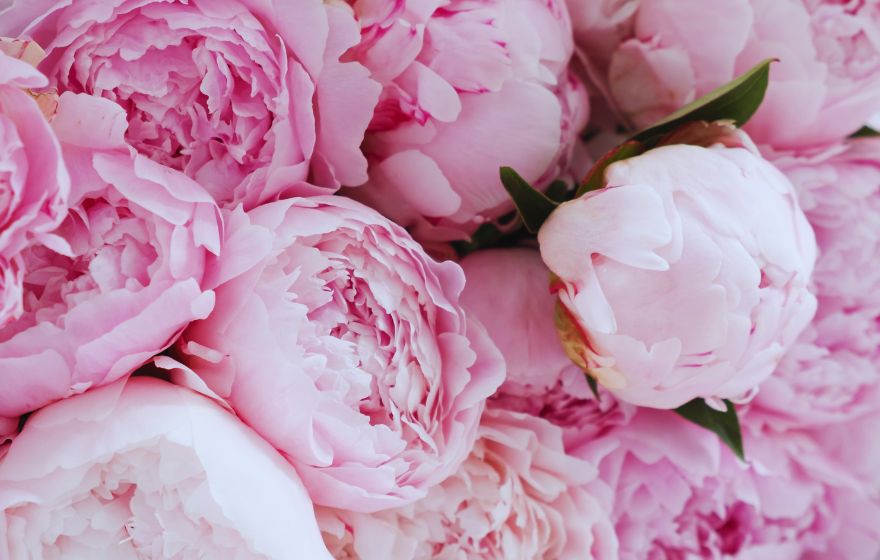Guide to 24 Pink Flowers To Brighten Up Your Garden

Introduction
A garden filled with colorful pink flowers can remodel any outside area into a colorful, soothing haven. Pink is a flexible color that conjures up emotions of warmth, romance, and quietness. Whether you decide on soft pastel blooms or vivid, attractive sun shades, purple with vegetation can suit an entire lot of garden patterns, from conventional cottage gardens to fashionable landscapes.
With such a lot of sorts available, you may pick out vegetation that bloom in precise seasons, ensuring your lawn remains cute 12 months-round.
This comprehensive manual explores 25 adorable pink flower names which may be high-quality for brightening up your lawn with a pink flower background.
Rose (Rosa)
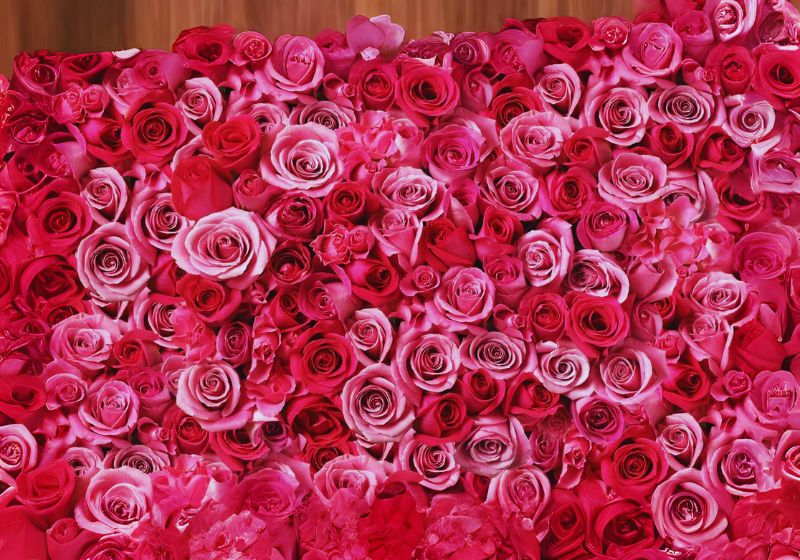
People consider roses to be both the definitive symbols of love and traditional beauty elements. Different pink color options enable garden owners to create elegant aromatic gardens. These flowers need sunny locations with good drainage to thrive in your garden. They include below different rose species along with hybrid teas and climbing roses.
Care Tips:
- Water regularly, but avoid overwatering.
- Cutting away dead or diseased stems helps your plants grow better.
Peony (Paeonia)

Peonies express their famous wide blooms with their lovely fragrance that attracts everyone’s attention. These floral blooms that survive multiple seasons include both light pink and intense magenta hues.
Care Tips:
- Your garden needs sunlight in combination with fertile soil that drains easily.
- Use stakes to support the flower stems because they have a tendency to fall.
Camellia (Camellia japonica)
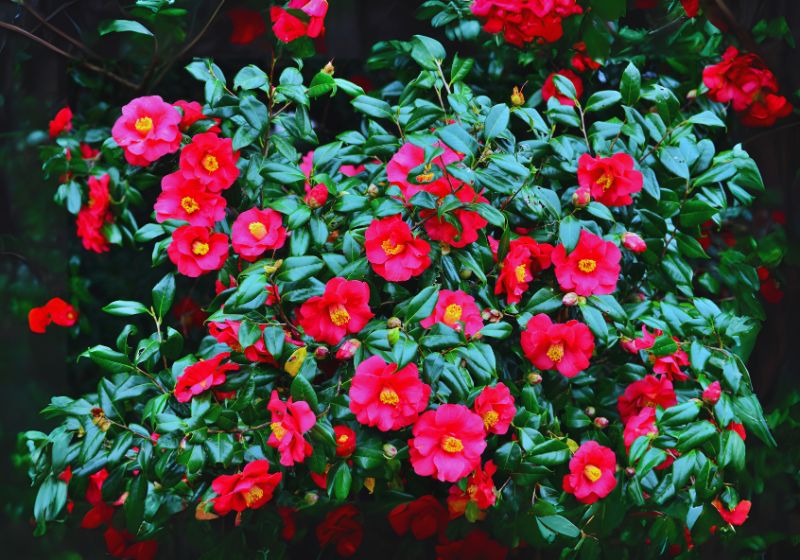
During late winter or early spring months camellias present their feminine pink flower display to the world. This evergreen plant’s shiny leaf color shines through the year committed to providing garden visual appeal.
Care Tips:
- The plants require shade at specific times during the day together with acidic terrain.
- Mulch to retain moisture.
Cherry Blossom (Prunus serrulate)
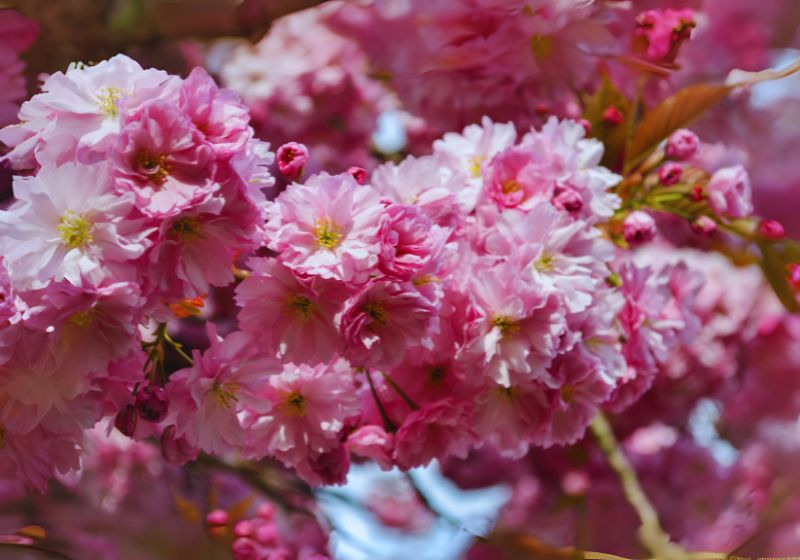
Among all flowering trees cherry blossoms stand out because their springtime pink blooms appear incredibly delicate. Several gardens choose this plant species as their key centerpieces.
Care Tips:
- Plants require full sun exposure in combination with drainage-efficient soil.
- Protect from strong winds.
Petunia (Petunia x hybrid)
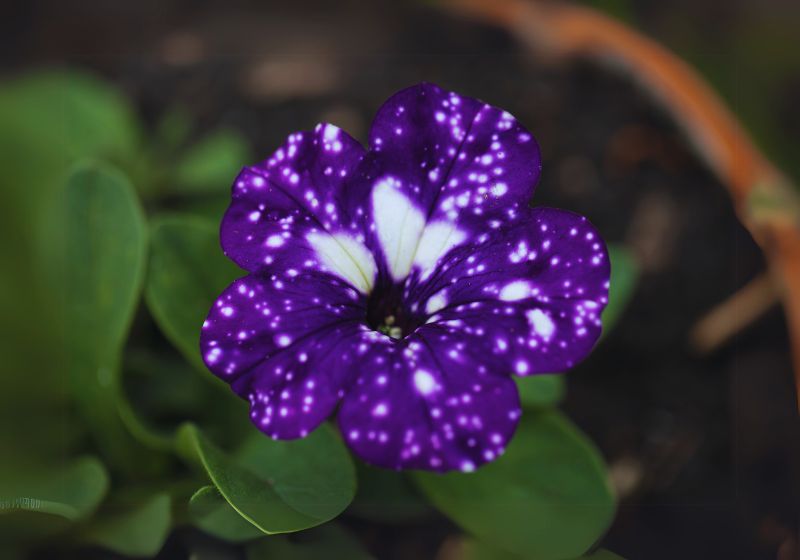
As versatile annual Pink flowers , petunias present numerous pink flowers colored varieties that create beautiful options for gardens. These plants perform well in borders and hanging baskets and containers since they produce nonstop blooms throughout summer months.
Care Tips:
- Deadheading faded flowers on your plants leads to better blossoming.
- Consistent watering will benefit the plant yet staying away from waterlogged soil matters.
Azalea (Rhododendron)
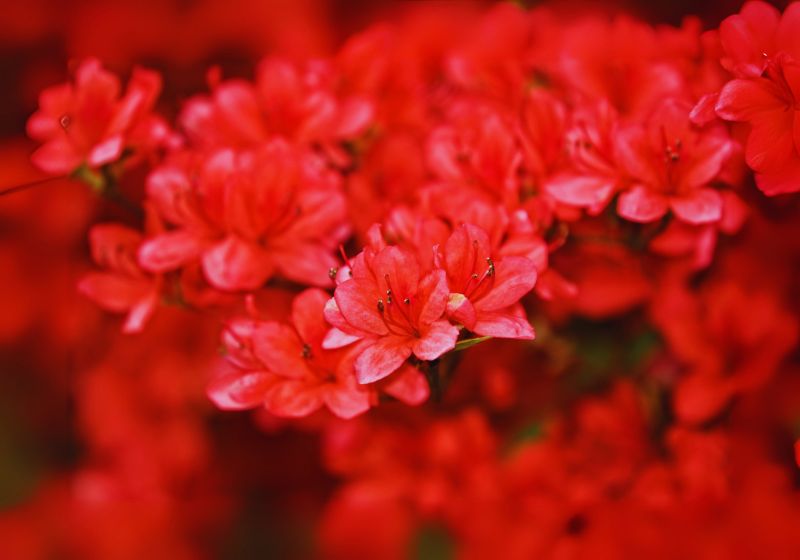
- The bright trumpet-shaped blooms of Azalea plants serve as one of their main fan favorites for springtime.
- Pink flowers azaleas become dramatic visual elements for shady outdoor spaces.
- These plants thrive best when planted in partial sunlight and grow best in acidic well-drained soils.
- Water regularly, especially in dry weather.
Dahlia (Dahlia pinnata)
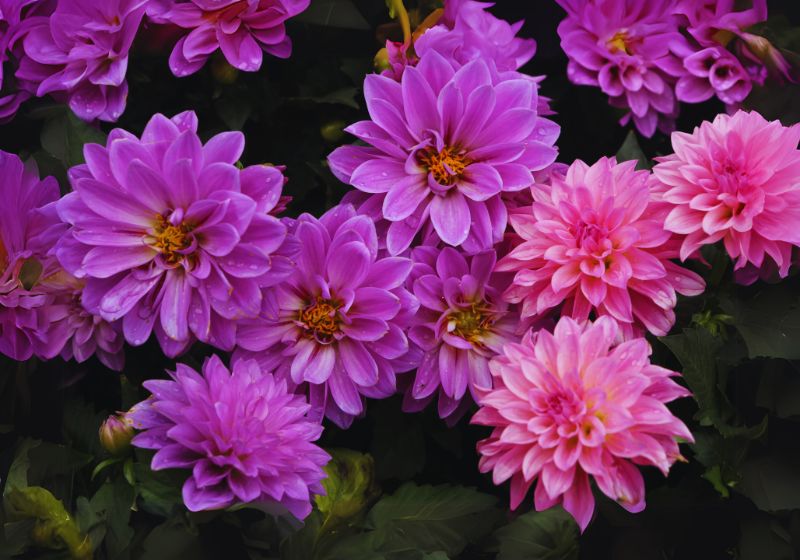
The stem-like pink flowers of dahlias display elaborate petals in various petal arrangements. Pink Dahlia plants exist in every shade from soft pastel to deep fuchsia.
Care Tips:
- Plant your pink flowers in conducive conditions which require direct sunlight while resting in damp soil.
- Associated with heavy blooms are the thick stems of tall dahlia plants so use support structures to stabilize them.
Begonia (Begonia spp.)
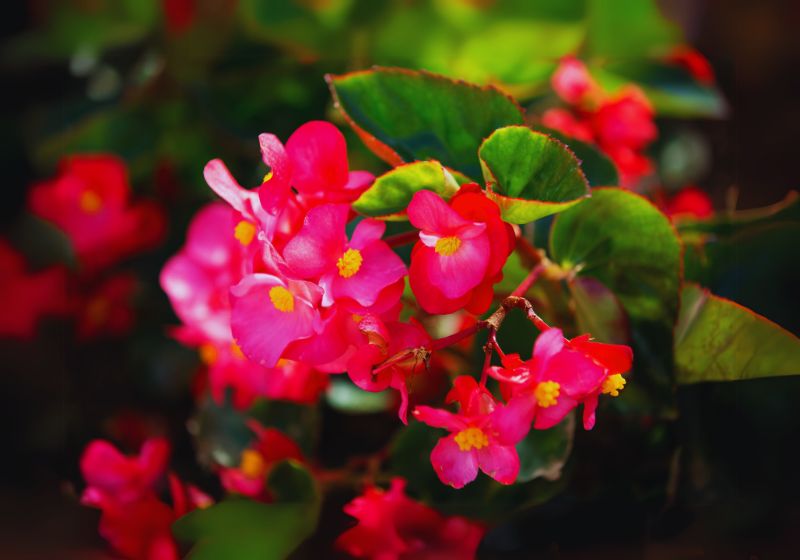
Begonias perform expertly as garden bed and container garden plants and flourish equally well in shaded and sunny environments. These understory blooms produce pink flowers which lighten up dark shady places in the garden.
Care Tips:
- Plants thrive best when located in light shade conditions with moist well-draining soil.
- To prevent root rot you must avoid excessive watering.
Cosmos (Cosmos bipinnate)
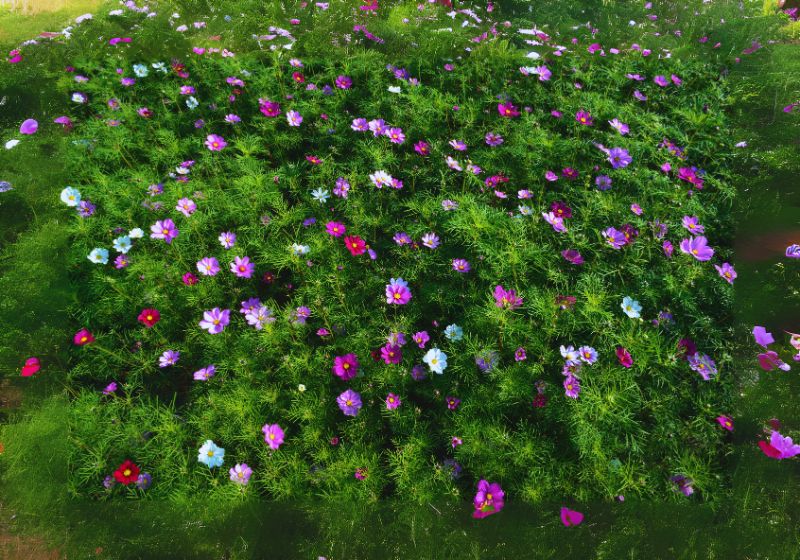
The botanical beauty of Cosmos annuals consists of these slender blooming plants which gracefully dance in motion to breeze currents. Pink varieties of these plants create beautiful romantic visual effects.
Care Tips:
- Set plants under full sun exposure using average soil for best results.
- Deadhead regularly to prolong blooming.
Impatiens (Impatiens Wallerian)
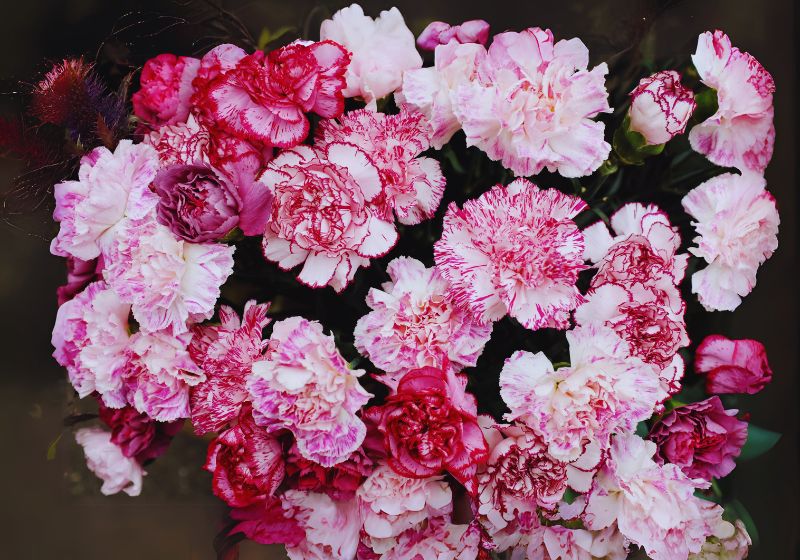
The popularity of impatiens stems from their showy ongoing blooming nature. The neat white flowers of pink impatiens illuminate the shadowy corners of gardens along with containers.
Care Tips:
- Plant your flowers in areas which get partial to full shade and keep the soil consistently moist.
- Strong direct sunlight can cause your plants to wilt so protect them from these conditions.
Hibiscus (Hibiscus rosa-sinensis)
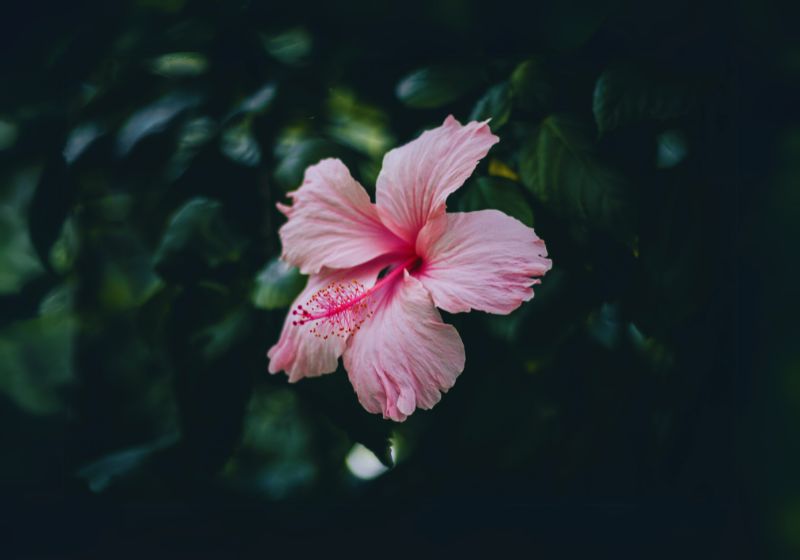
Tropical hibiscus plants use their pink flower colors to produce showstopping blossoms that catch everyone’s attention. Your garden can use these plants to create an exotic feel.
Care Tips:
- A successful planting site features full sun exposure and well-drained soil that is rich in nutrients.
- Keep your plant moist while occasionally using fertilizer when needed.
Zinnia (Zinnia elegans)
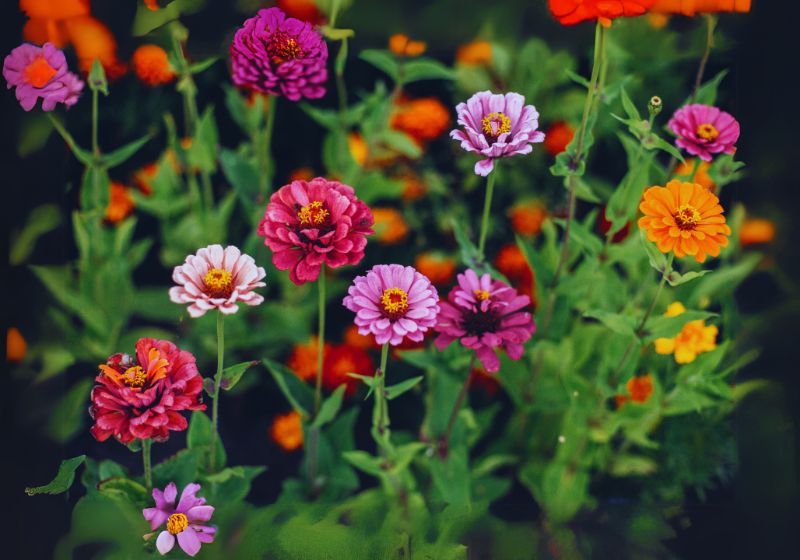
- The happy garden plant Zinnias gives you a big spectrum of pink flower options together with simple annual care requirements.
- The plants work perfectly for flower cutting gardens combined with habitat areas that support pollinators.
Care Tips:
- The best conditions for these plants exist where they receive full sun while growing in good draining earth.
- Plant distances between flowers to promote airflow while discouraging plant diseases.
Snapdragon (Antirrhinum majus)
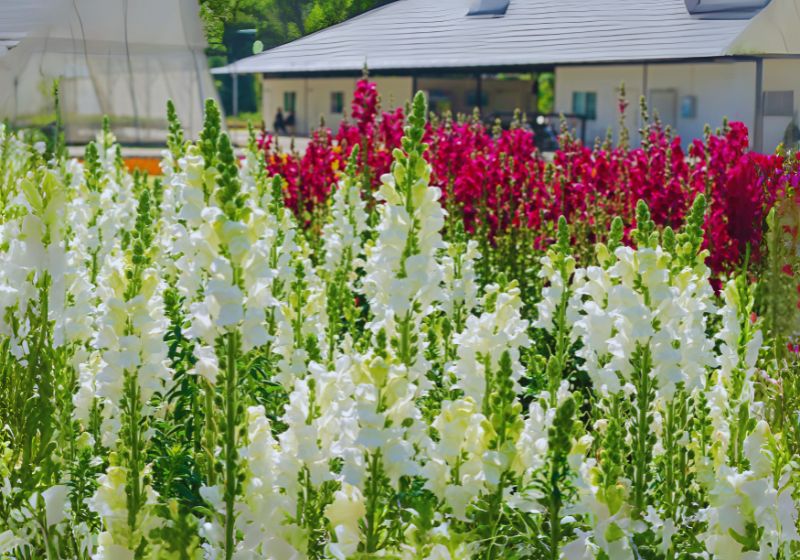
A garden becomes visually interesting when snapdragons use their spiky pink flowers to create vertical appeal. The plants find their perfect home when used in borders and containers.
Care Tips:
- Pink plants thrive in both complete sunshine and choose to grow under partial shade.
- Keep the soil consistently moist.
Bleeding Heart (Americans spectabilis)
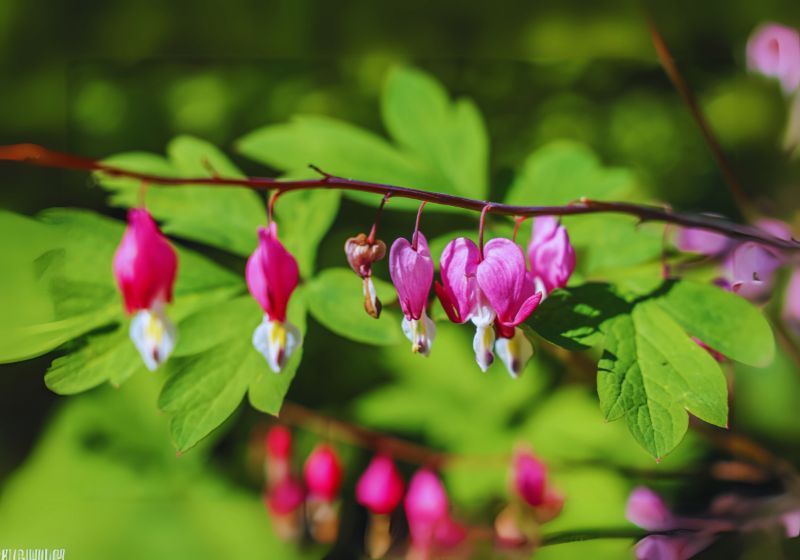
As perennials bleeding hearts produce distinctive pink blooms with heart designs. Shaded woodland gardens make the perfect spot for these plantings.
Care Tips:
- The planting site should receive either partial shade or full shade with wet soil conditions.
- Mulch to retain soil moisture.
Foxglove (Digitalis purpurea)
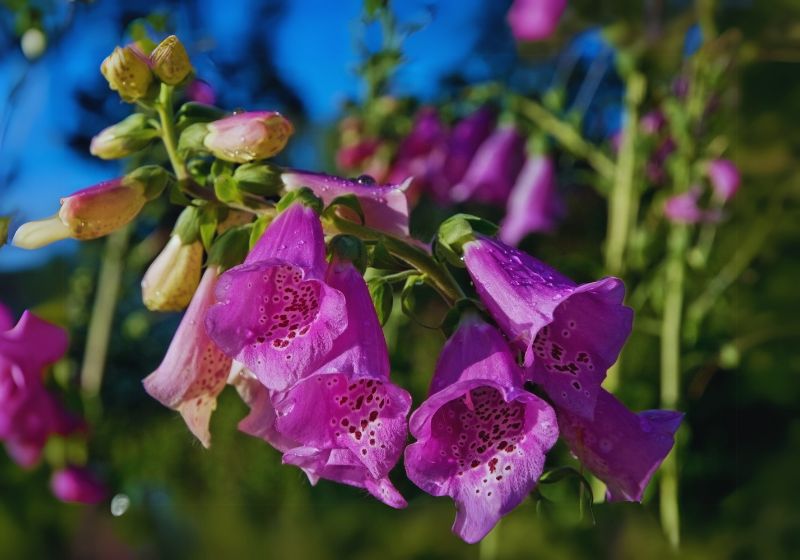
As corneas of garden life heather displays its graceful two-year cycle through pink-shaped blooms emerging on slender vertical stems. Cottage gardens gain dramatic texture through the inclusion of these plants.
Care Tips:
- You should plant these plants in a partially shaded area with deep and draining soils.
- Protect your hands with gloves before working with this toxic plant.
Lupine (Lupinus)
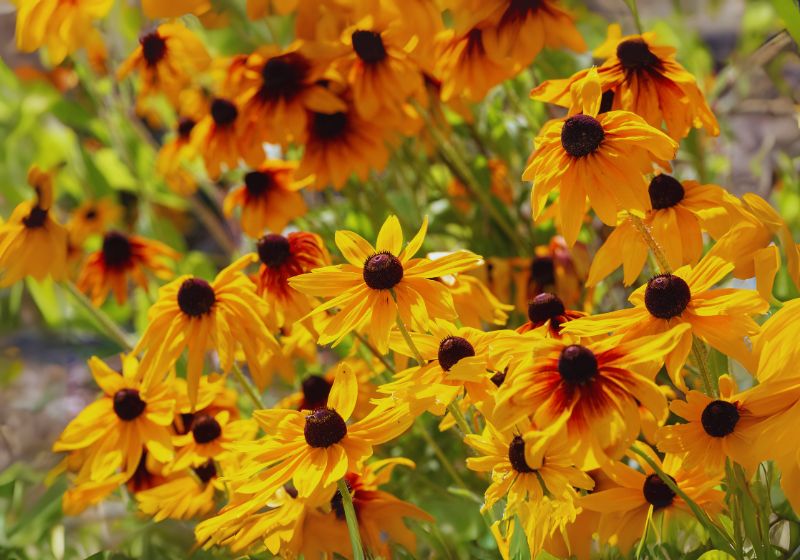
Lupines use their tall flower spikes to produce a range of pink flower varieties. Cottage and wildflower gardens prove suitable habitats for these flowers.
Care Tips:
- The growing site should offer complete sun exposure or it can tolerate light dappled shade.
- Avoid waterlogged soil.
Phlox (Phlox paniculate)
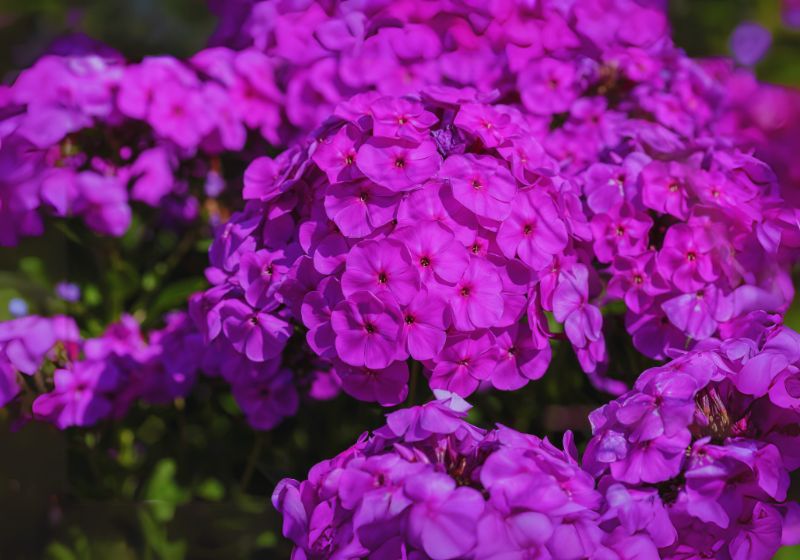
Phlox perennial plants create fragrant pink clusters of flowers as they bloom. This plant excels as a border plant yet supports butterfly activity.
Care Tips:
- Plant this species in locations that receive either full sun or light shaded areas.
- Your landscape needs drained soil that stays moist at all times.
Clematis (Clematis spp.)
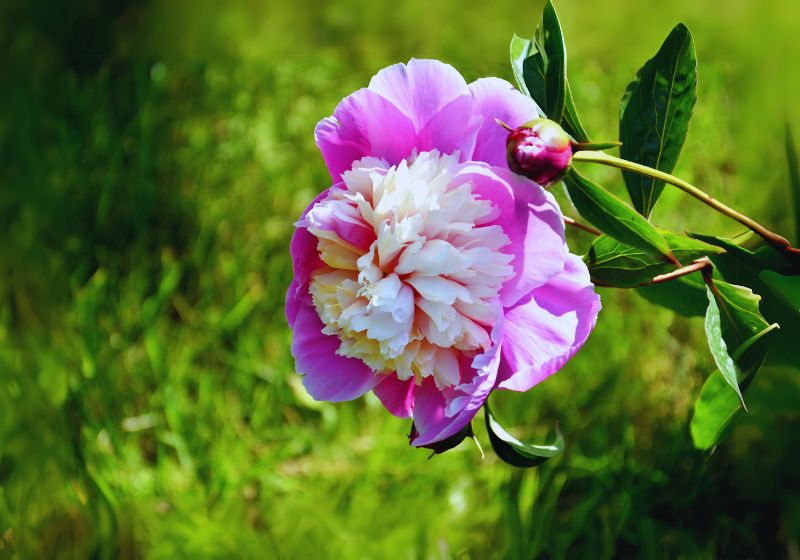
Clematis vines extend elegant pink blooms upward to cover trellises along with fences and walls. Garden spaces gain tallness and tasteful style from these plant additions.
Care Tips:
- Put these plants in sun-exposed locations while keeping their root systems shielded from sunlight.
- Prune according to the variety.
Primrose (Primula spp.)
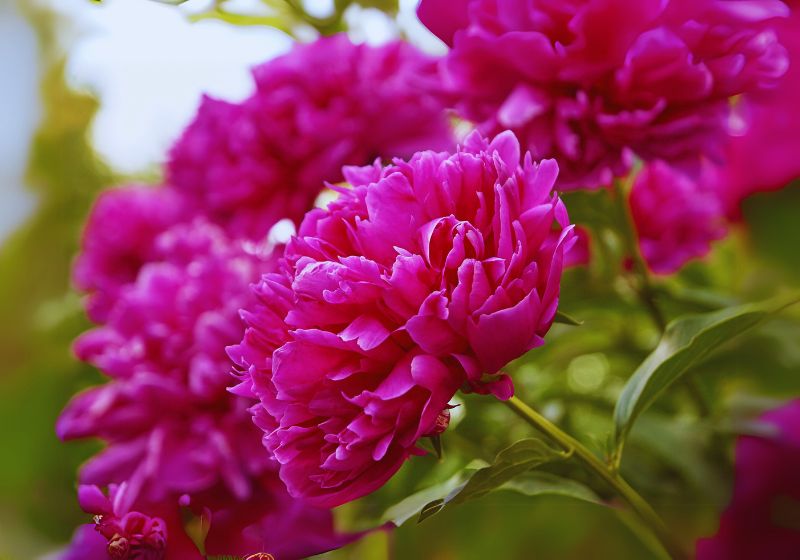
During spring primroses make gardens beautiful through their dainty pink blossoms. They grow best in damp locations that receive little sunlight.
Care Tips:
- The proper position for these plants lies between shaded and fully bright areas.
- Water regularly to maintain moisture.
Caladium (Caladium bicolor)
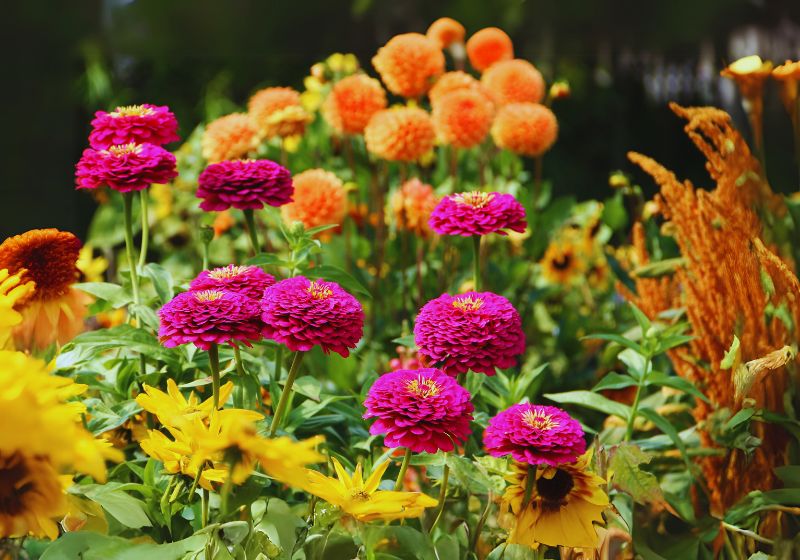
Most individuals cultivate caladiums because of their eye-catching leaves while their plants sometimes present pink coloring. Their colorful appearance works wonderfully to bring vibrant tones to dark areas of your garden.
Care Tips:
- Provide partial to full shade.
- Keep the soil consistently moist.
Carnation (Dianthus caryophyllids’)
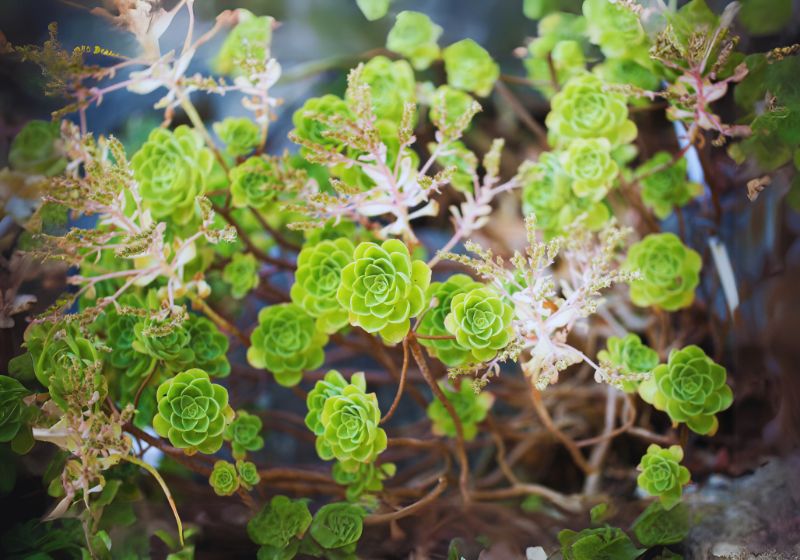
Carnations remain beloved traditional pink flowers which combine spicy fragrances with ruffled pink petals. These flowering plants work wonderfully in cutting gardens as well as flower arrangements.
Care Tips:
- Plant these specimens in sunny locations using dry draining soil.
- Dull flower stems should be cut frequently since this practice produces additional blooms.
Tulip (Tulipa)
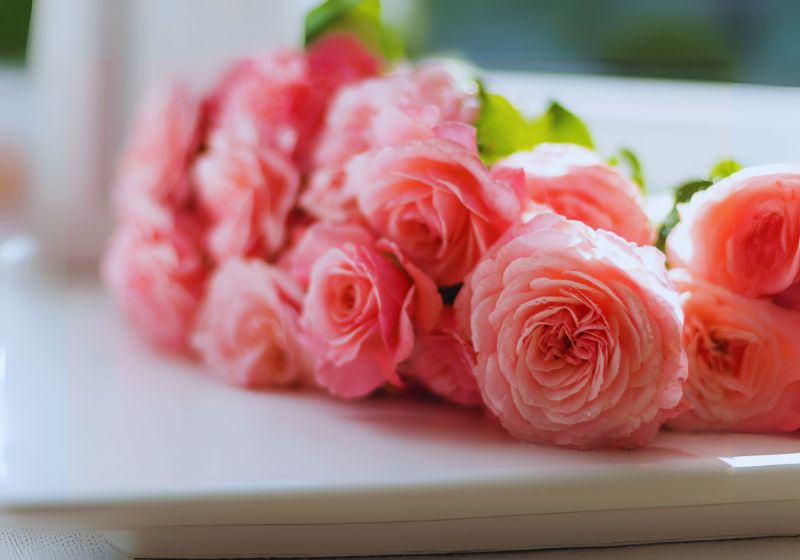
During the spring season tulips offer different pink flowers pigments and remain as popular choices among pink flower lovers. The flowers make ideal choices for container gardening and boundary screening.
Care Tips:
- Plants require fall bulb planting for their spring floral display.
- Keep soil drainage perfect to evade rotting issues.
Geranium (Pelargonium)
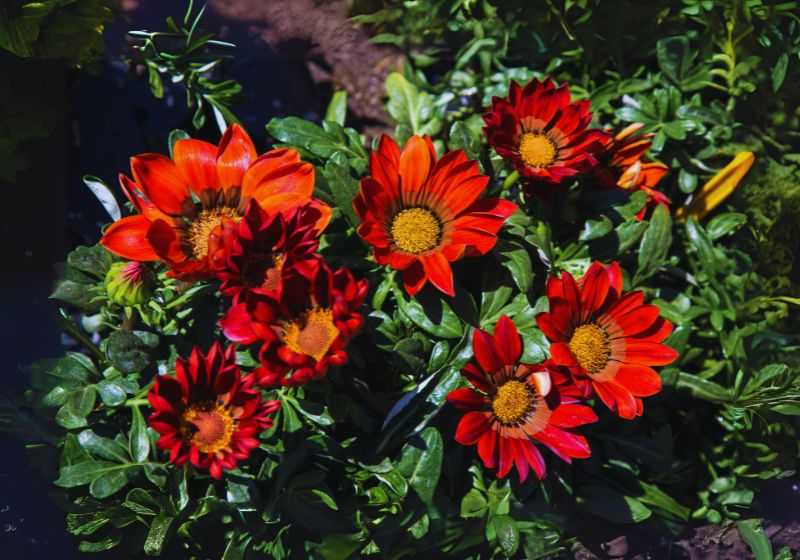
The garden plant Geranium produces brilliant pink flowers after showing resistance to harsh weather conditions. Eye-catching pinks thrive in containers while also filling hanging baskets and garden beds.
Care Tips:
- The planting site needs both full sun and moderate shade conditions.
- Water Should be applied only when the topsoil dries out.
Morning Glory (Ipomoea tricolor)
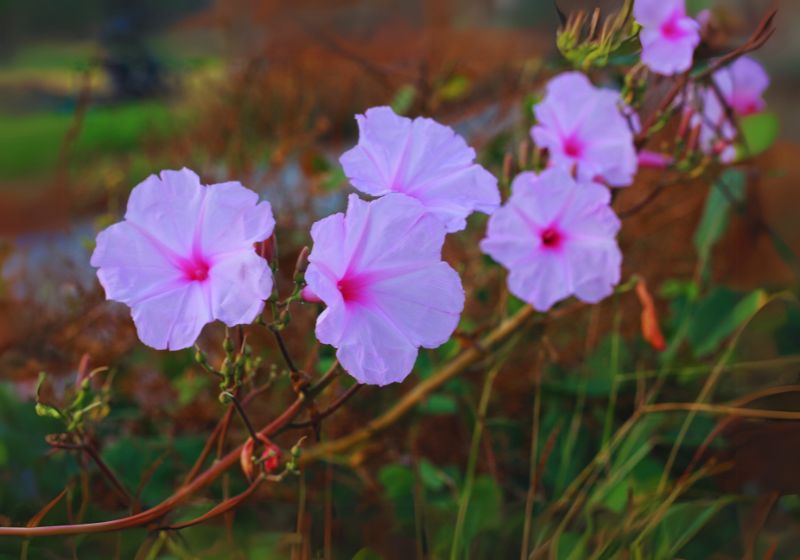
Morning glory vines reach their full growth quickly and display wild pink trumpet flowers. These plants grow beautifully on trellises while also beautifying fences.
Care Tips:
- Put your plants in sunny locations using soils that drain well.
- Regular watering is necessary but you should never let the soil become saturated with water.
Conclusion
Pink flowers add stunning visual value to your garden thus creating an energetic welcoming ambiance. Garden enthusiasts at every capability level can choose from annuals and perennials and shrubs to find their perfect pink flowers. By following these care guidelines your pink flowers will flourish as they welcome beauty to your outdoor area.
Read More: Comprehensive Guide to Growing Larkspur for Gardeners


 English
English 

